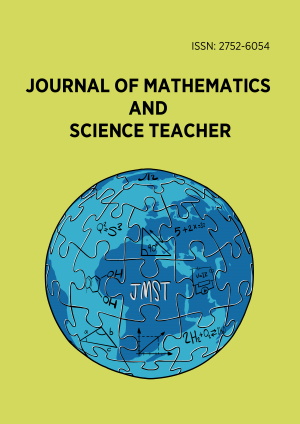Abstract
Scientific literacy is crucial for making informed decisions about health, nutrition, and environmental issues, without needing a science degree. For instance, individuals should choose products like detergents or cars wisely to address environmental concerns. Teachers must foster scientific literacy, helping students understand natural phenomena, make informed decisions, critically evaluate claims, and seek answers to pressing questions. The science curriculum should emphasize this aspect. In the 2018 PISA rankings, Türkiye was 39th out of 79 countries and 30th out of 37 Organization for Economic Co-operation and Development (OECD) nations, scoring below the OECD average. While Türkiye’s average score of 468 is above the global average of 458, it lags the OECD average of 489. Turkish students perform well at lower proficiency levels, such as below level 2, but their performance drops significantly at higher levels, with only 0.1% reaching level 6 compared to 31.5% in China and 6.8% among OECD countries. These results highlight Türkiye’s need to enhance its science education, focusing on improving scientific literacy. Despite progress since 2015, Türkiye’s performance indicates persistent issues that require attention to boost scientific literacy effectively.
License
This is an open access article distributed under the Creative Commons Attribution License which permits unrestricted use, distribution, and reproduction in any medium, provided the original work is properly cited.
Article Type: Research Article
Journal of Mathematics and Science Teacher, Volume 5, Issue 4, 2025, Article No: em091
https://doi.org/10.29333/mathsciteacher/17058
Publication date: 01 Oct 2025
Online publication date: 16 Sep 2025
Article Views: 1033
Article Downloads: 1648
Open Access References How to cite this article
 Full Text (PDF)
Full Text (PDF)